Negative air pressure rooms and dentistry
Negative pressure rooms
Are engineered to control infection are used in hospitals and medical clinics to prevent the spread of contagious illnesses from one area to another. Air is pumped out of the treatment area, creating a negatively pressured space so, for example, when a door is opened into that space from, say, the lobby, the air rushes in, instead of out. The air that is pumped out of the affected space passes through a series of three filters, ending with a HEPA (high-efficiency particular air) filter, which gives the same degree of filtration as an N95 mask.
Negative air pressure rooms
Studies suggest directing airflow through a negative pressure isolation room is a preferred model for protecting healthcare workers during patient care. For a negative pressure room, the sum of the mechanically exhausted air must exceed the sum of the mechanically supplied air. In a negative pressure room, air should flow from hallways and corridors (cleaner areas) into the isolation rooms (less clean areas). While a negative pressure isolation is considered the best method of infection control, installation of a negative pressure room can be cost prohibitive to
private dental practices
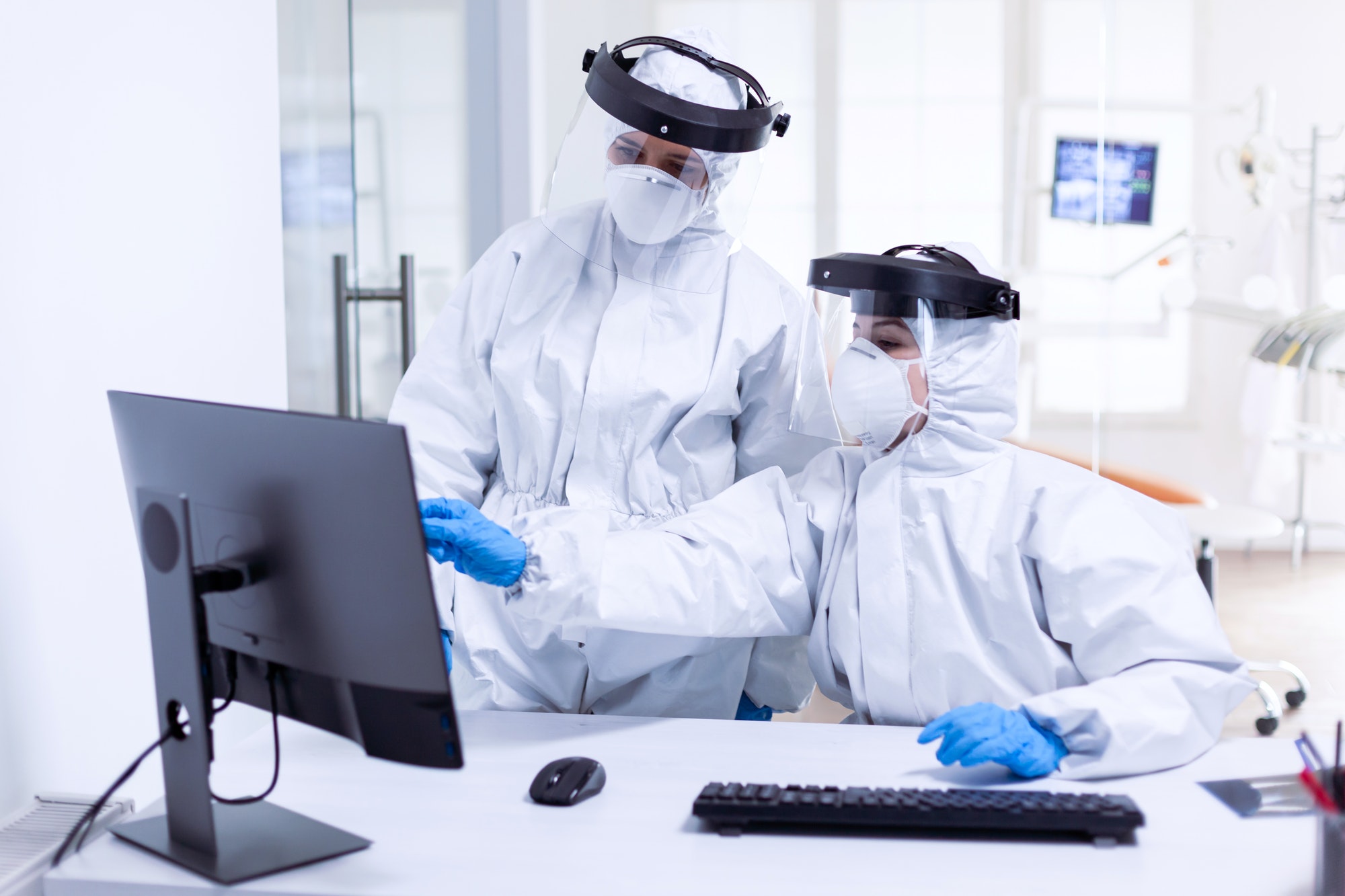
(NAPR)
Because of COVID-19, dentists are looking for ways to keep themselves, patients, and staff safe.
Creating negative pressure isolation rooms for aerosol generating procedures and then using continuous, real-time monitoring and alarming with room pressure monitors (RPMs) helps guarantee work environments are safe and occupational exposure to airborne pathogens is minimized.
Studies suggest directing airflow through a negative pressure isolation room is a preferred model for protecting healthcare workers during patient care. The Occupational Safety and Health Administration (OSHA) provides guidance on preparing workplaces for COVID-19 and defines steps to reduce employee exposure. Engineering controls, such as installing high-efficiency air filters, increasing ventilation rates, and providing negative pressure ventilation, will minimize hazard exposure
Negative air pressure rooms (NAPR)
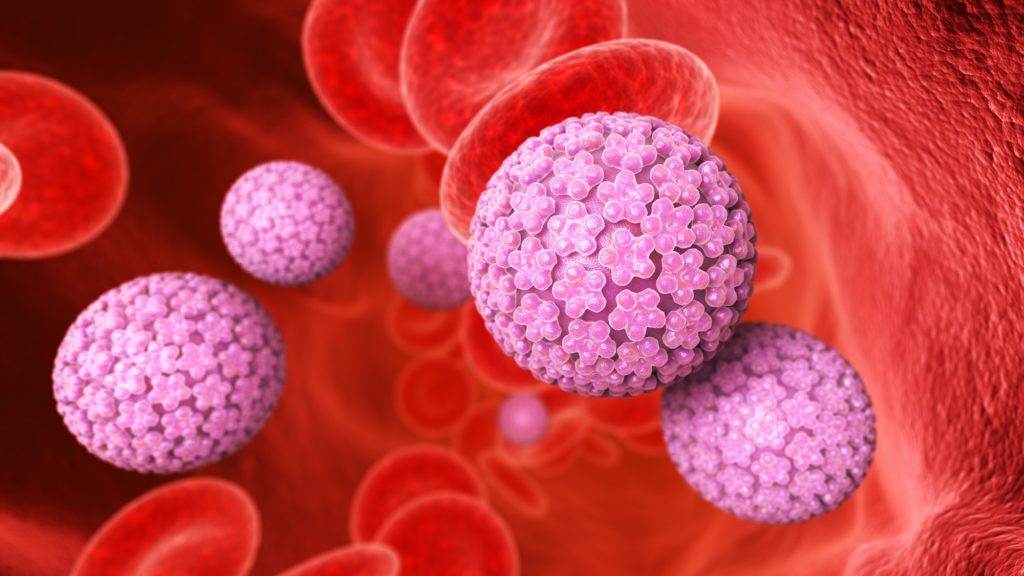
are rooms designed for isolation of airborne infectious pathogens, where the air pressure inside the room is lower than the surrounding adjacent rooms/spaces. The purpose of an NAPR is to isolate and prevent airborne pathogens from escaping the room and potentially spreading the pathogens to the surrounding areas and/or the entire building and infecting the occupants.
By nature, dentists are at high risk of occupational exposure to several types of microorganisms, aerosol particles, and droplets that live in patients’ saliva and blood in addition to instruments contaminated with saliva, blood, and tissue debris. These bacteria and fungi may be directly responsible for transmitting highly infectious diseases, including severe acute respiratory syndrome coronavirus , Mycobacterium tuberculosis, hepatitis, herpes simplex, and human immunodeficiency virus.
For a negative pressure room, the sum of the mechanically exhausted air must exceed the sum of the mechanically supplied air. In a negative pressure room, air should flow from hallways and corridors (cleaner areas) into the isolation rooms (less clean areas).8,9 This prevents cross-contamination and spread of the virus. CDC guidelines dictate a minimum pressure differential of 0.01-inch water gauge between the exhaust and supply to sustain a negative pressure room.
The CDC also defines a minimum of six air changes per hour (ACH) as criteria for an efficient
ventilation system (12 ACH for new construction or renovation areas).
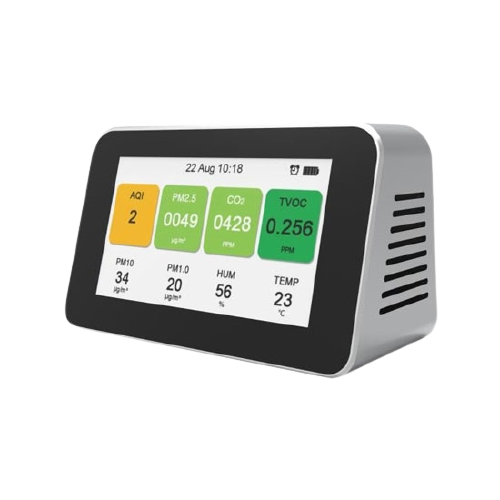
High Efficiency Particulate Air (HEPA)
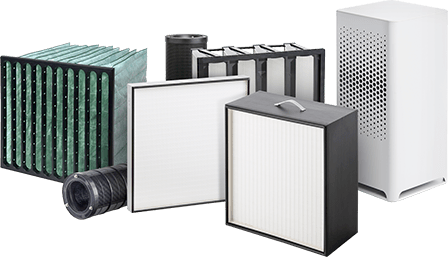
The exhausted air must be directly funneled to the outside of the building as the first option. If this is not possible, the air should be passed through a high-efficiency particulate air (HEPA) filter before recirculation.8 If the exhaust air gets recirculated, a high density HEPA filter with a minimum efficiency reporting value (MERV) of 18 or higher is recommended. MERV 18 is expected to capture 99.97% of particles whose diameter is greater or equal to 0.3 μm. Entry and exit to the room should be minimized, as the doors should be kept closed as much as possible.
Dental professionals are at high-risk because most treatment procedures produce a significant number of aerosols in the environment. Dental professionals who are providing emergency dental procedures during the COVID-19 pandemic, should discuss an office protocol that includes patient, personnel, operatory, and office safety to minimize exposure as much as possible.

01.Round the Clock Availability
No matter the hour, you can trust One Hour to be thereto help you when you get hit with the unexpected.
Read More
02.100% Satisfaction Guarantee
We guarantee our materials, labor, and craftsmanshipfor up to two years from the date of your service.
Read More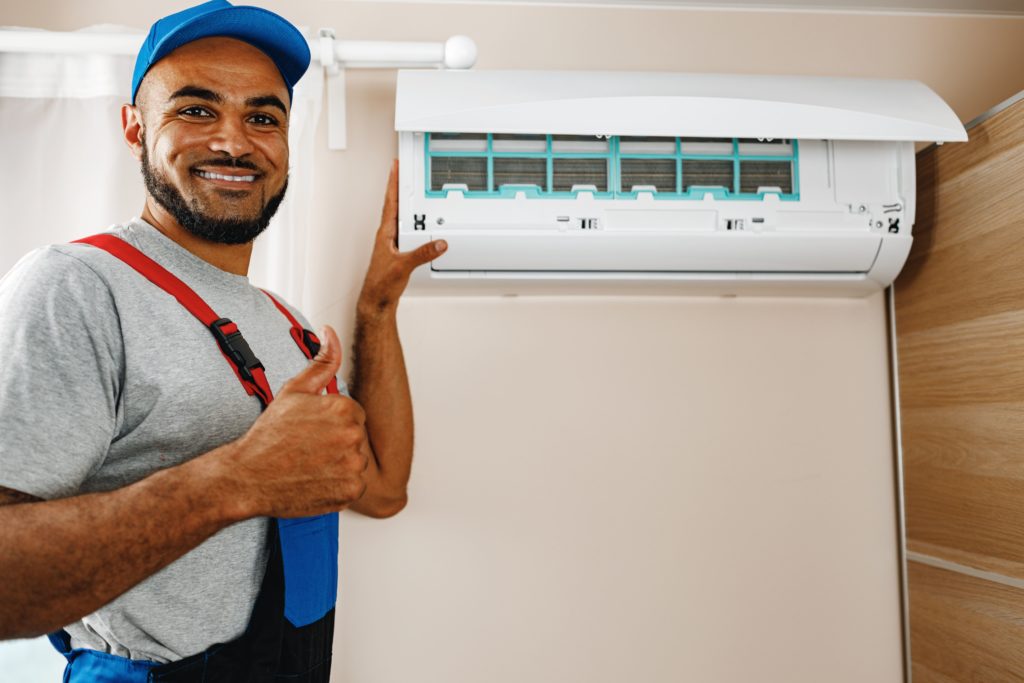
03.We Love What We Do
Our trained Comfort Specialists are friendly,knowledgeable, and genuinely love helping people.
Read More